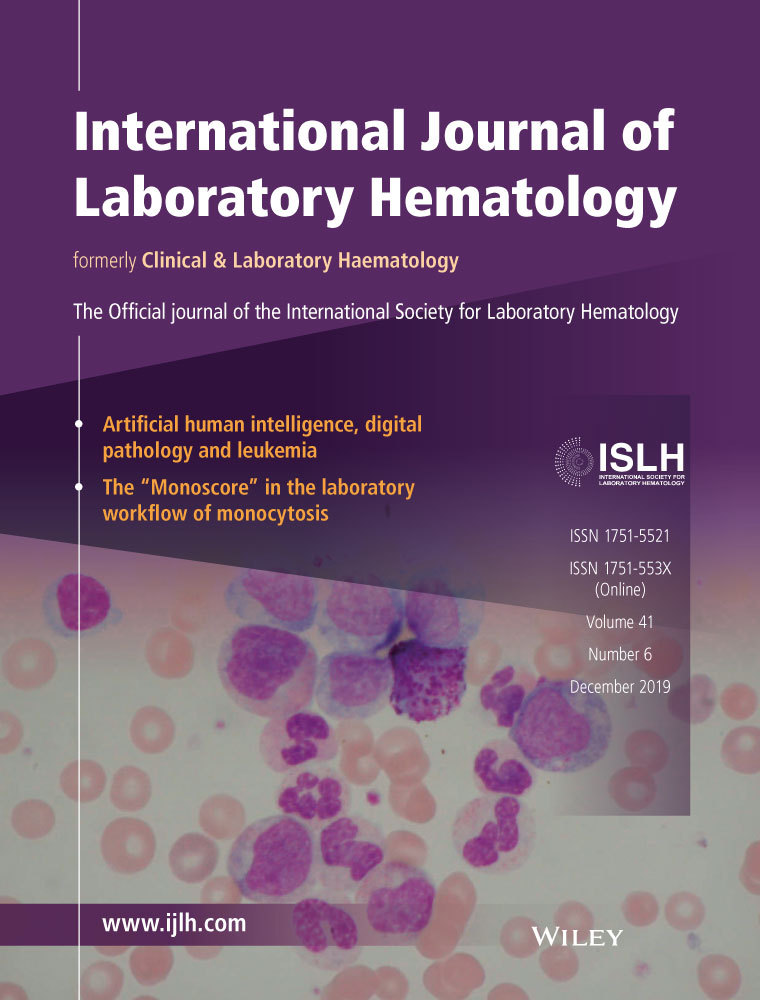Semi-automated von Willebrand factor multimer assay for von Willebrand disease: Further validation, benefits and limitations
Abstract
Introduction
Accurate diagnosis of von Willebrand disease (VWD) enables effective patient management. von Willebrand factor (VWF) multimer analysis provides useful information regarding VWF multimer structure, thereby aiding VWD subtyping and management; however, historically technically challenging assays have had limited utility. This study evaluates the Sebia Hydrasys Hydragel-11 semi-automated VWF multimer assay and further validates the Hydragel-5 gel system, as primarily pertaining to VWD diagnostics and monitoring of therapy.
Methods
Provisionally diagnosed (via a reference assay test panel) archived patient samples and prospective test patient samples, including those undergoing desmopressin trial or therapy monitoring, along with commercial and in-house control material and various external quality assessment (EQA) samples, were analysed. VWF multimers were evaluated for presence, loss or partial loss of high molecular weight (HMWM) and intermediate molecular weight (IMWM) multimers by both visual inspection and densitometric scanning, and comparison with reference assay results.
Results
All anticipated multimer patterns were reproduced, with patients generally showing multimer profiles matching expected patterns according to VWD type based on reference test panel ‘diagnosis’. Occasional discrepancies were resolved by retesting. The increase in plasma VWF following desmopressin therapy was also clearly demonstrated. Multimer profiles of EQA samples complemented reference test panel results and matched EQA targets. There were some ‘technical’ limitations noted.
Conclusion
This easy to use, standardised, semi-automated multimer analysis system can demonstrate the multimer profile of VWD patients, thus representing an additional laboratory tool for improved diagnosis, thereby facilitating appropriate patient management.
CONFLICT OF INTEREST
The authors have no competing interests.




